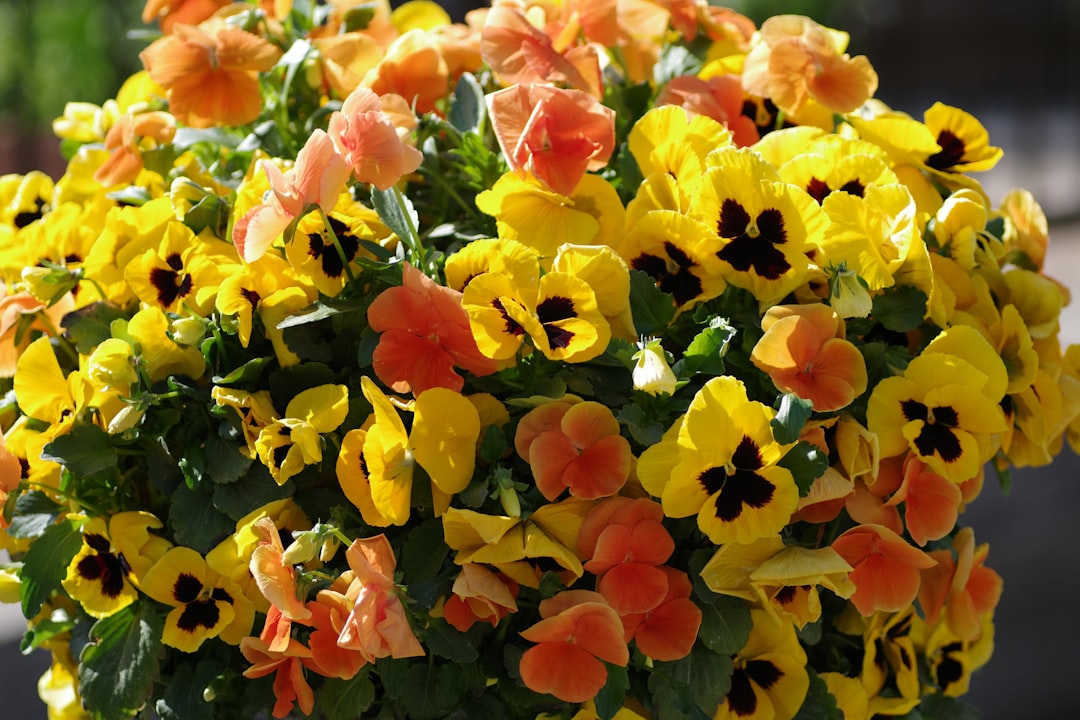The Secret to Winter Vegetable Bounty

Edible gardening is a rewarding pursuit that offers the joy of growing and harvesting your own fresh produce. While many associate gardening with the warm months of spring and summer, it is entirely possible to extend the growing season and enjoy a winter harvest with the right selection of cold - hardy crops. In this article, we will explore some of these resilient vegetables and how you can successfully cultivate them in the colder months.
One of the most popular cold - hardy vegetables is kale. Kale is a nutritional powerhouse, rich in vitamins A, C, and K, as well as antioxidants. It can tolerate frost and even improve in flavor after a light freeze. When planting kale for a winter harvest, start seeds indoors about 6 - 8 weeks before the first expected frost. Transplant the seedlings into your garden once they are a few inches tall. Make sure to provide them with well - drained soil and plenty of sunlight. Kale can be harvested by picking the outer leaves as needed, allowing the inner leaves to continue growing.
Spinach is another excellent choice for winter gardening. This leafy green is not only delicious but also packed with iron and other essential nutrients. Spinach is a cool - season crop that can germinate in soil temperatures as low as 40°F (4°C). You can sow spinach seeds directly into the garden in late summer or early fall. To protect the plants from extreme cold, you can cover them with a layer of mulch or a cold frame. Spinach can be harvested when the leaves are large enough to eat, usually about 4 - 6 weeks after planting.
Carrots are a root vegetable that can thrive in cold weather. They are sweet, crunchy, and full of beta - carotene. Carrots need loose, well - drained soil to grow properly. Sow carrot seeds in late summer or early fall, and thin the seedlings to about 2 - 3 inches apart as they grow. Carrots can be left in the ground throughout the winter, as long as the soil does not freeze solid. You can harvest them as needed, digging them up carefully to avoid damaging the roots.
Brussels sprouts are a member of the cabbage family and are well - suited for winter gardening. They are high in fiber, vitamin C, and vitamin K. Brussels sprouts take a long time to mature, usually about 90 - 100 days from transplanting. Start seeds indoors in early summer and transplant the seedlings into the garden in mid - summer. As the weather cools, the sprouts will begin to form along the stem. Harvest the sprouts when they are firm and about 1 - 2 inches in diameter, starting from the bottom of the stem and working your way up.
Swiss chard is a colorful and nutritious leafy green that can tolerate cold temperatures. It comes in a variety of colors, including red, yellow, and white. Swiss chard can be sown directly into the garden in late summer or early fall. It prefers well - drained soil and partial to full sunlight. Harvest Swiss chard by cutting the outer leaves at the base, leaving the inner leaves to continue growing. The leaves can be used in salads, stir - fries, or cooked dishes.
In addition to choosing the right crops, there are several techniques you can use to extend the growing season and protect your winter garden. One of the most effective methods is using a cold frame. A cold frame is a simple structure with a transparent top that traps heat from the sun, creating a microclimate for your plants. You can build a cold frame using wood, PVC pipes, and a sheet of glass or plastic. Place the cold frame over your plants to protect them from frost and cold winds.
Another technique is mulching. Mulch is a layer of organic material, such as straw, leaves, or compost, that is spread over the soil around your plants. Mulch helps to insulate the soil, keeping it warmer in the winter and cooler in the summer. It also helps to retain moisture and suppress weeds. Apply a thick layer of mulch around your plants in the fall to protect their roots from the cold.
Finally, pay attention to the weather forecast. When a hard freeze is expected, you can cover your plants with blankets, tarps, or row covers to provide additional protection. Remove the covers during the day to allow the plants to receive sunlight and air circulation.
In conclusion, edible gardening in the winter is not only possible but also highly rewarding. By choosing cold - hardy crops such as kale, spinach, carrots, Brussels sprouts, and Swiss chard, and using techniques like cold frames and mulching, you can extend the growing season and enjoy a fresh harvest of vegetables throughout the winter months. So, roll up your sleeves, get your hands dirty, and start your winter garden today!